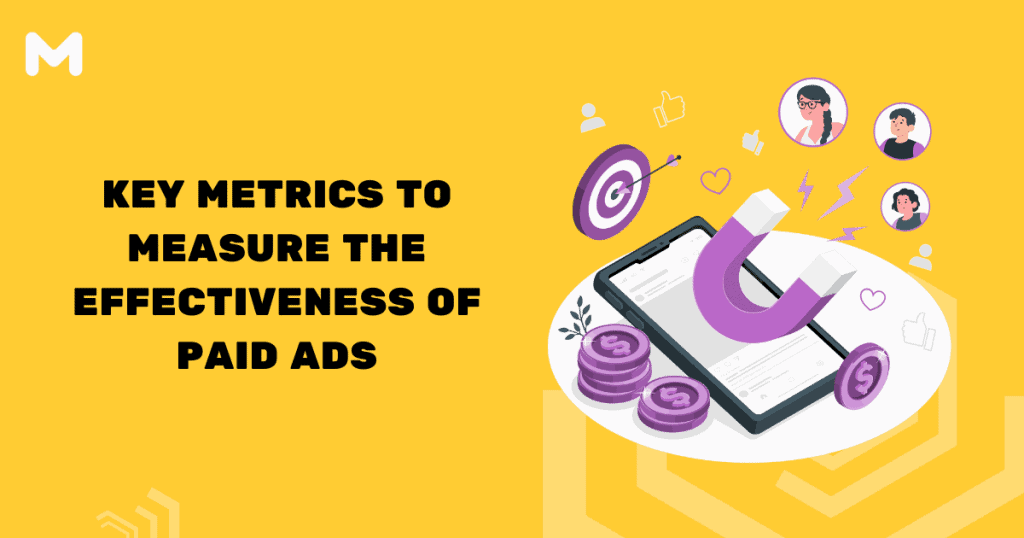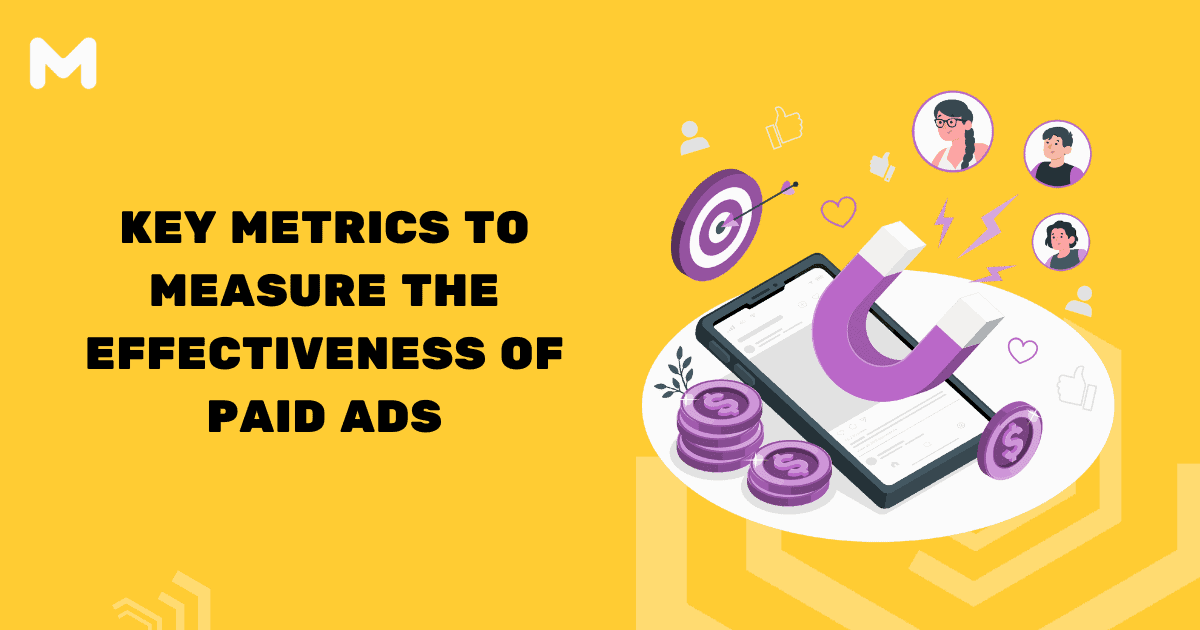Introduction to Paid Ads
Running a paid advertising campaign without tracking its performance is like shooting arrows in the dark. But thanks to various tracking tools and platforms, marketers can easily measure the effectiveness of their ad campaigns. The question is, which metrics matter the most? In this blog, we’ll break down the key metrics you should be watching to determine the ROI of your paid ads.
Click-Through Rate (CTR)
One of the first metrics you’ll want to keep an eye on is the Click-Through Rate, or CTR. This metric shows you what percentage of people who saw your ad actually clicked on it. It’s calculated by dividing the number of clicks your ad receives by the number of times your ad is shown (impressions), then multiplying by 100.
Why it Matters: A high CTR usually means that your ad is relevant and appealing to your audience. However, a high CTR alone doesn’t guarantee success; it needs to be paired with other metrics for a more complete picture.
Cost Per Click (CPC)
Cost Per Click, commonly known as CPC, tells you how much you’re paying for each click your ad receives. To calculate CPC, you divide the total cost of your clicks by the number of clicks.
Why it Matters: A lower CPC is generally better, as it means you’re paying less for each potential customer. Keep an eye on this metric to manage your budget effectively.
Conversion Rate
The conversion rate is the percentage of people who clicked on your ad and then completed a desired action, such as making a purchase or filling out a contact form. It’s calculated by dividing the number of conversions by the number of clicks, then multiplying by 100.
Why it Matters: A high conversion rate means your ad campaign is effective in turning prospects into customers. It’s perhaps the most crucial metric when it comes to measuring ROI.
Cost Per Conversion
This metric gives you an idea of how much you’re spending to acquire a new customer or lead. It’s calculated by dividing the total cost of your campaign by the number of conversions.
Why it Matters: Cost Per Conversion helps you determine if your advertising spending is translating into profitable actions. If the cost per conversion is higher than the value of a customer, it’s time to reevaluate your campaign.
Return On Ad Spend (ROAS)
ROAS measures the effectiveness of an advertising campaign in terms of revenue generated. To calculate it, you divide the revenue generated from the ad campaign by the amount spent on that campaign.
Why it Matters: This is the ultimate metric that tells you if your advertising is profitable. A ROAS of above 1 means you’re making more money from your ads than you’re spending on them.
Ad Position
This metric shows where your ad appears on the search engine results page (SERP). The closer your ad is to the top, the more likely people will see and click on it.
Why it Matters: A higher ad position usually results in more visibility and potentially more clicks. However, it may also result in higher CPC, so it’s crucial to find a balance.
Quality Score
Platforms like Google Ads provide a Quality Score that takes into account your CTR, ad relevance, and landing page quality.
Why it Matters: A higher Quality Score can lead to lower costs and better ad positions. It’s an overall indicator of your ad’s quality compared to competitors.
What To Do With Paid Ads
Paid ads can be a significant investment, and it’s vital to know if you’re getting a good return on that investment. By keeping track of these key metrics, you’ll gain a clearer understanding of your campaign’s performance and be better equipped to make data-driven decisions. Paid ads can be a significant investment, and it’s vital to know if you’re getting a good return on that investment. By keeping track of these key metrics, you’ll gain a clearer understanding of your campaign’s performance and be better equipped to make data-driven decisions. Implementing effective Facebook advertising strategies for marketers can further help you refine targeting, optimize ad spend, and drive higher engagement. With the right blend of creativity and analytics, you can maximize ROI and continually improve your advertising results.
So, the next time you launch a paid ad campaign, don’t forget to monitor these metrics closely. Remember, the key to a successful ad campaign lies not just in attracting clicks, but in converting those clicks into measurable actions.


